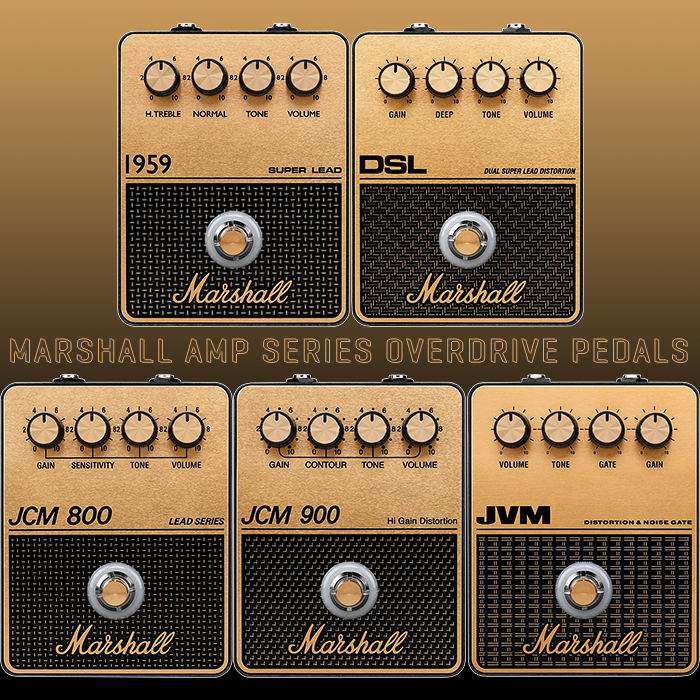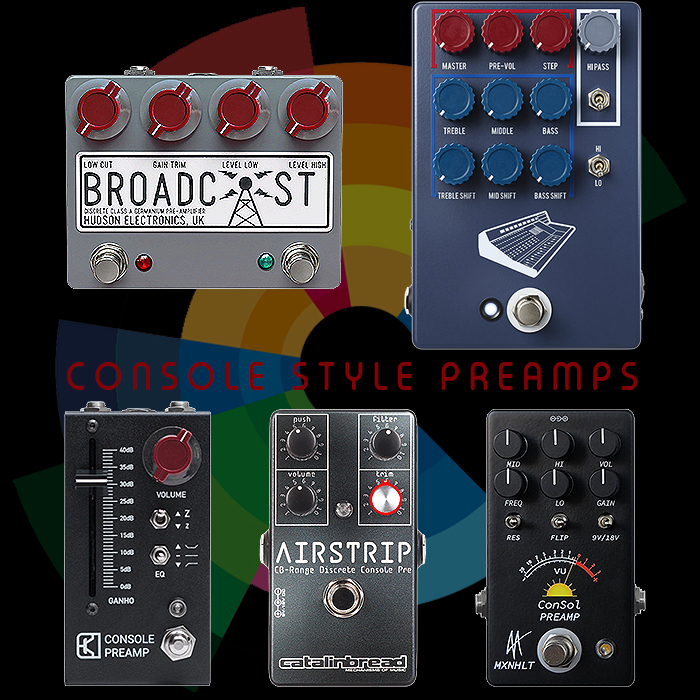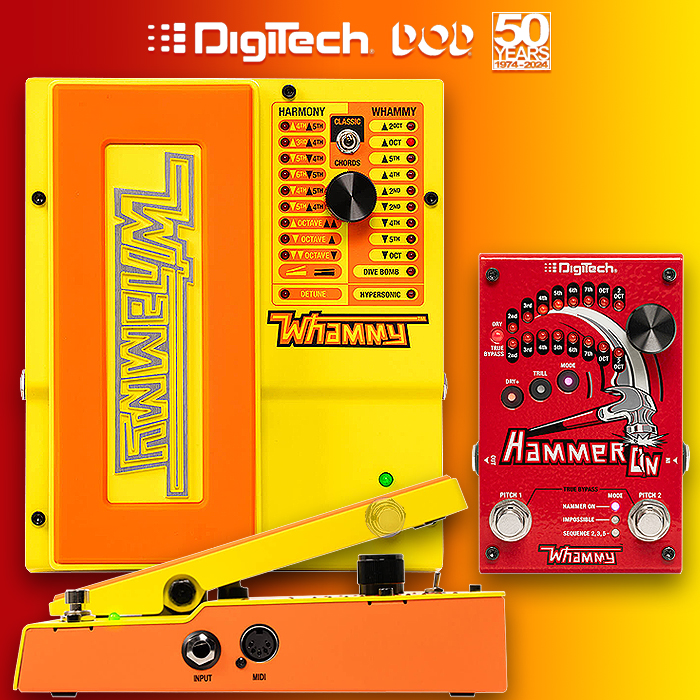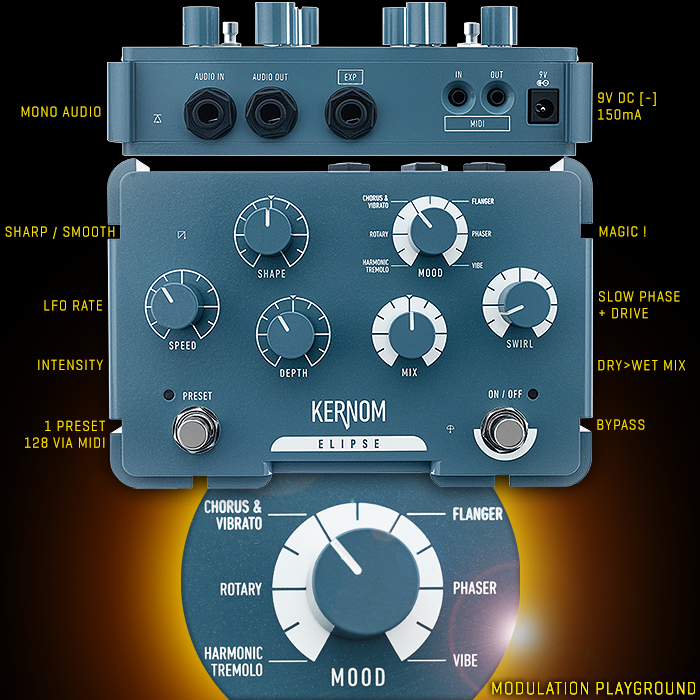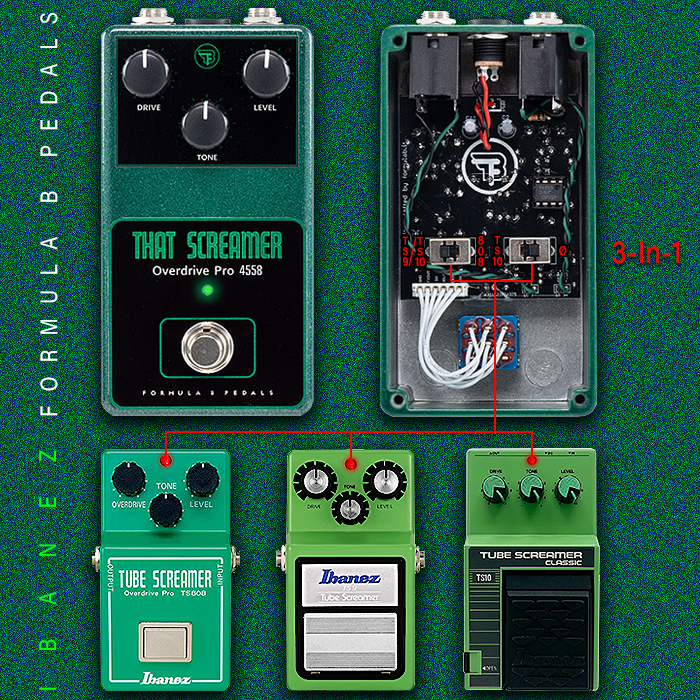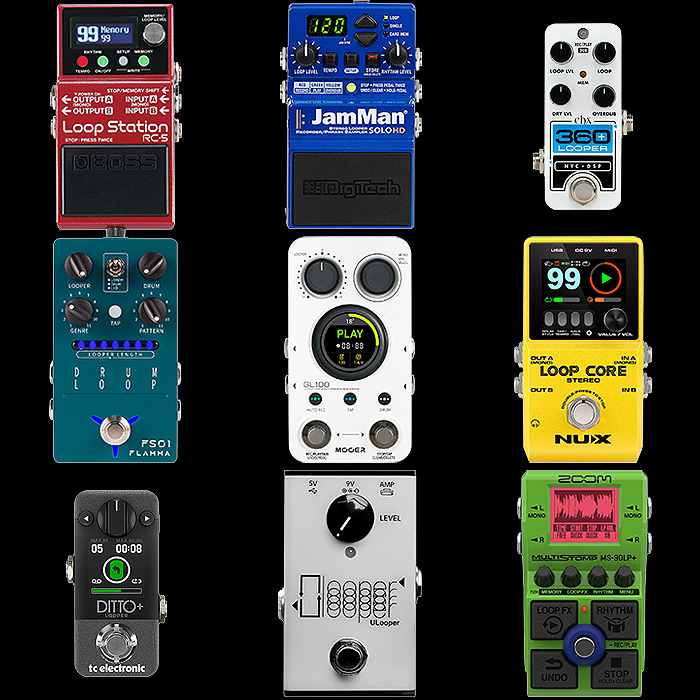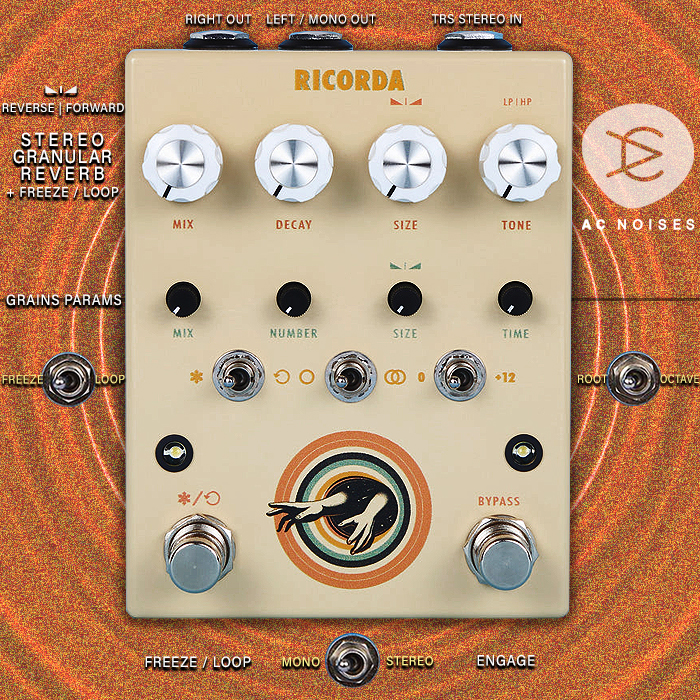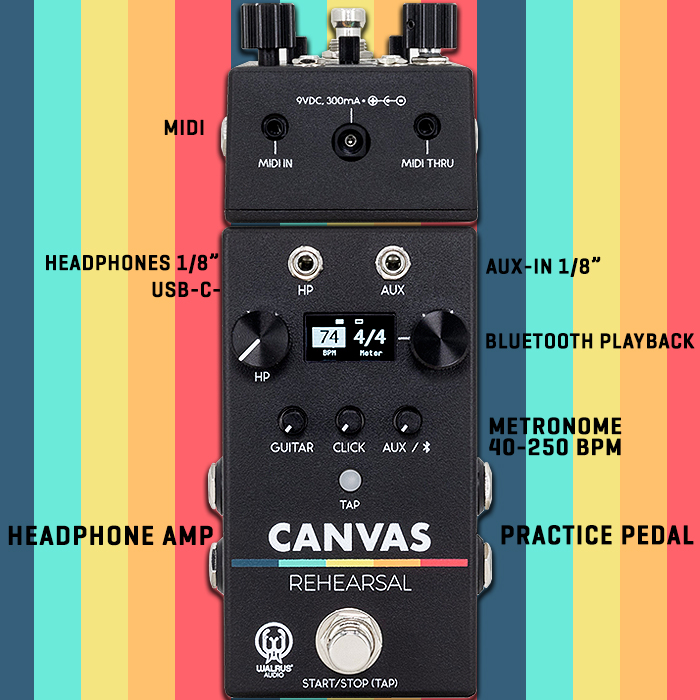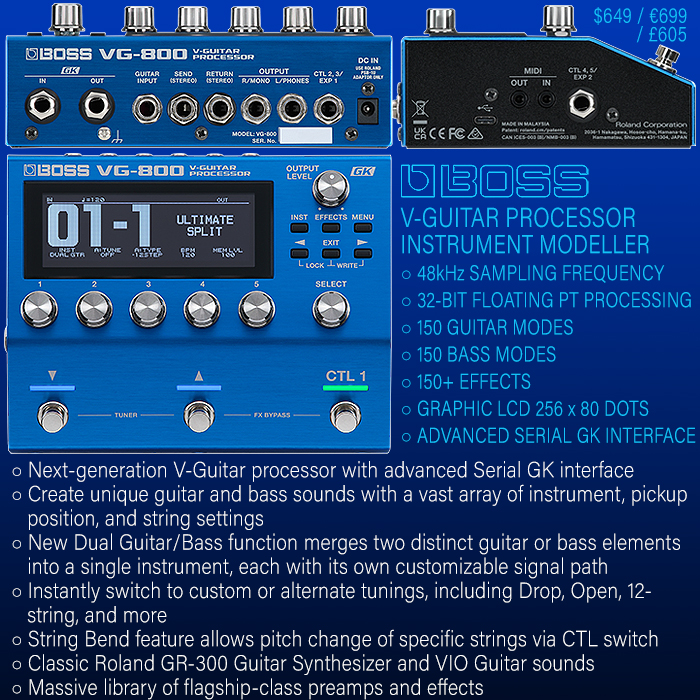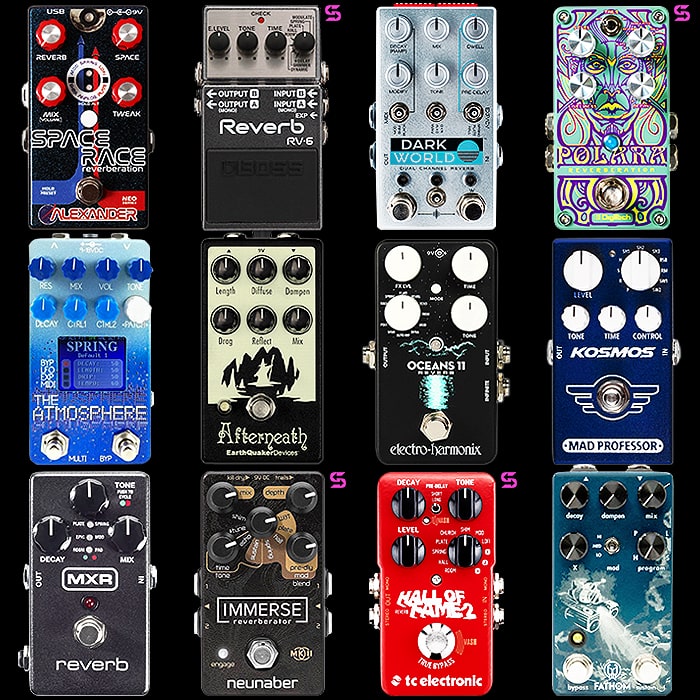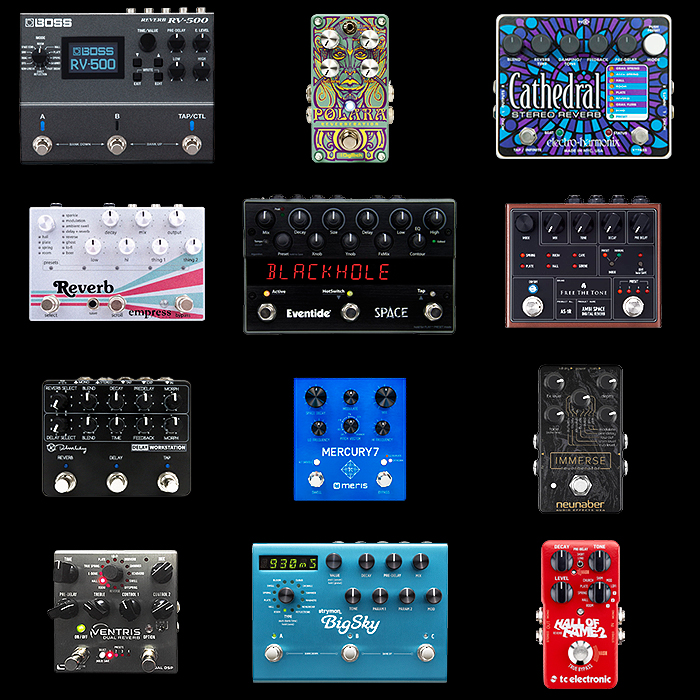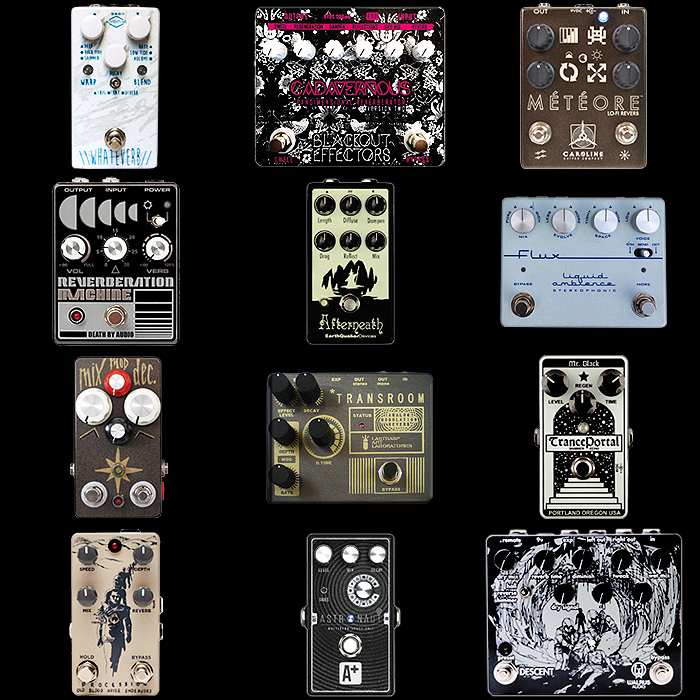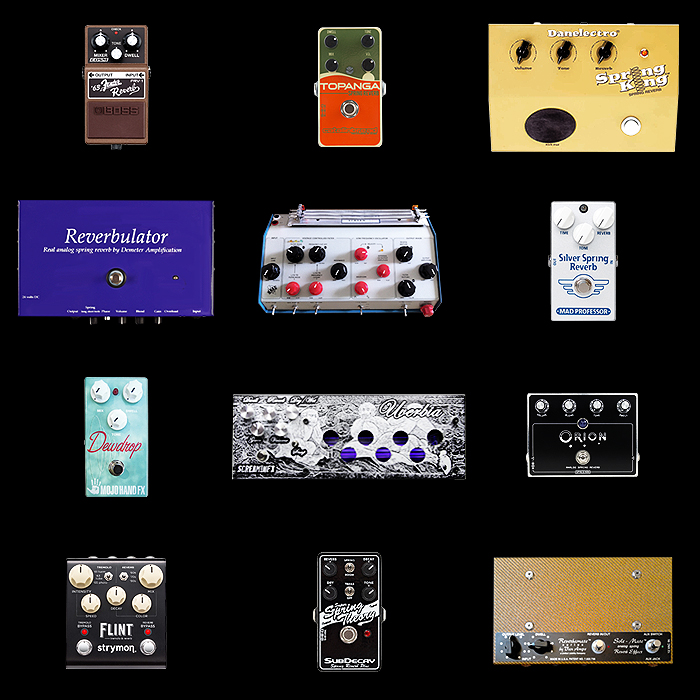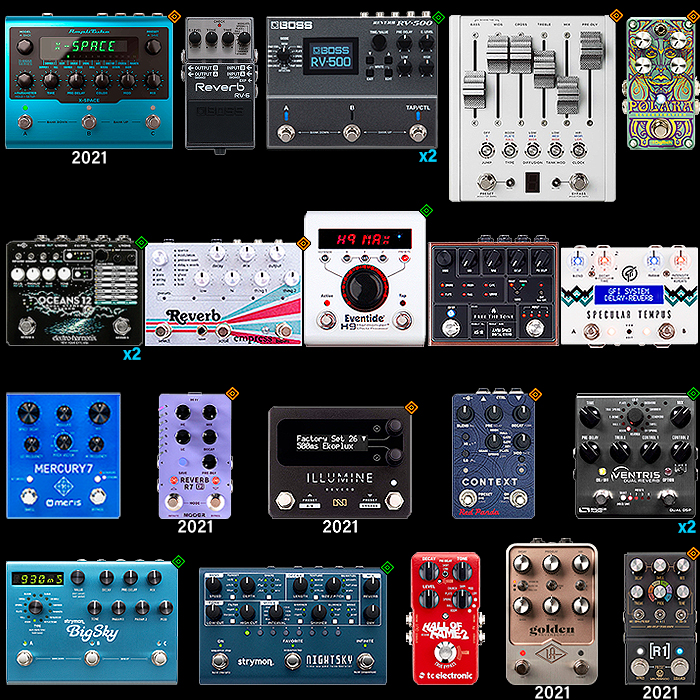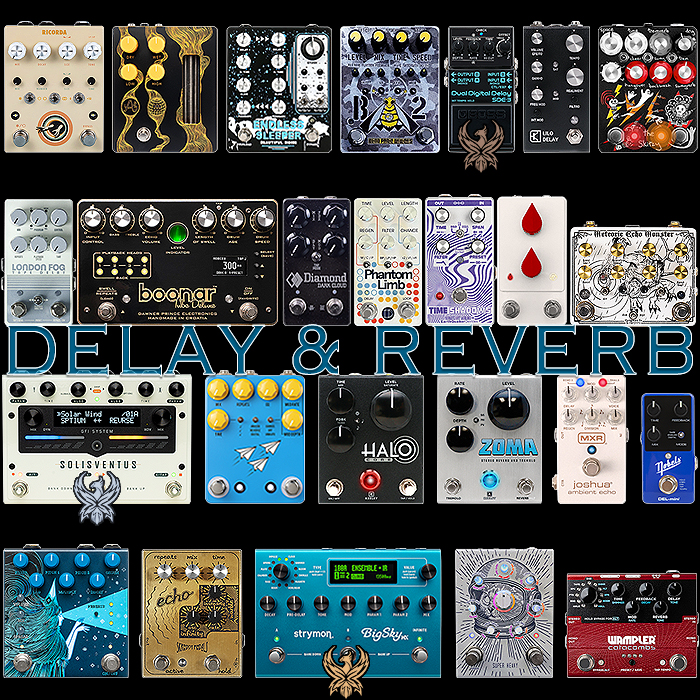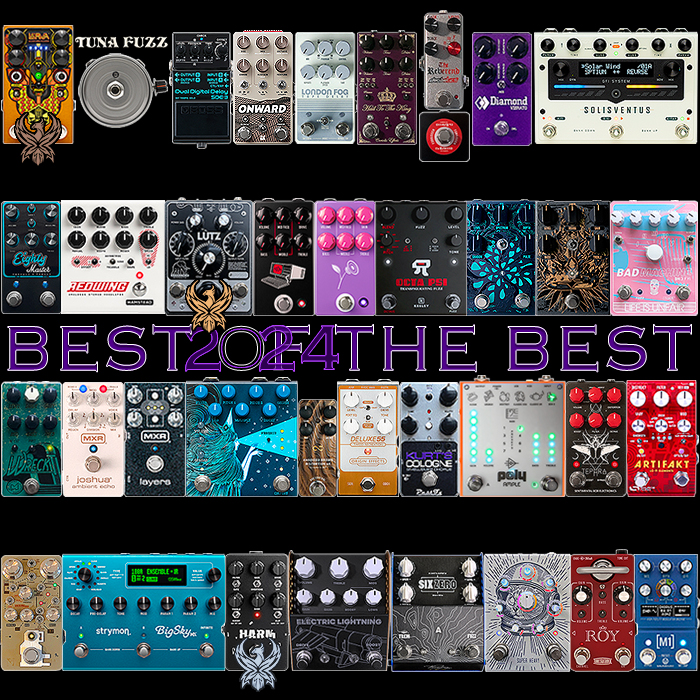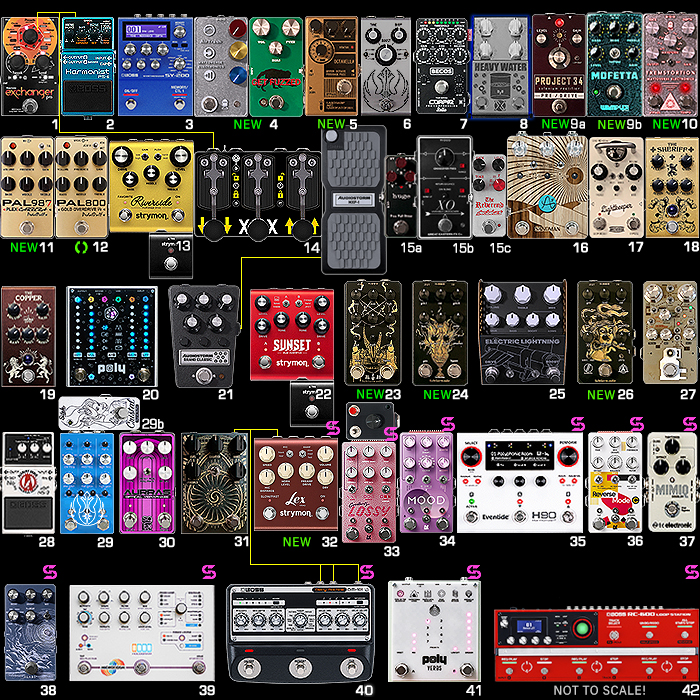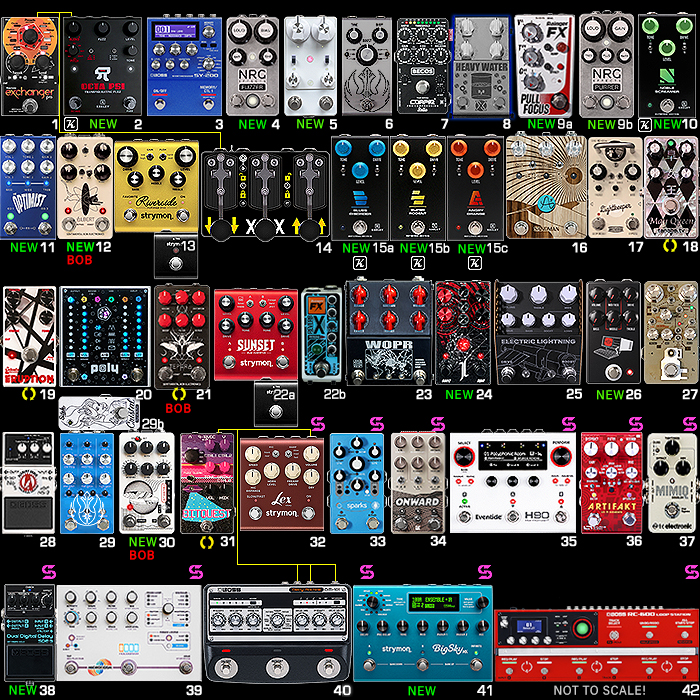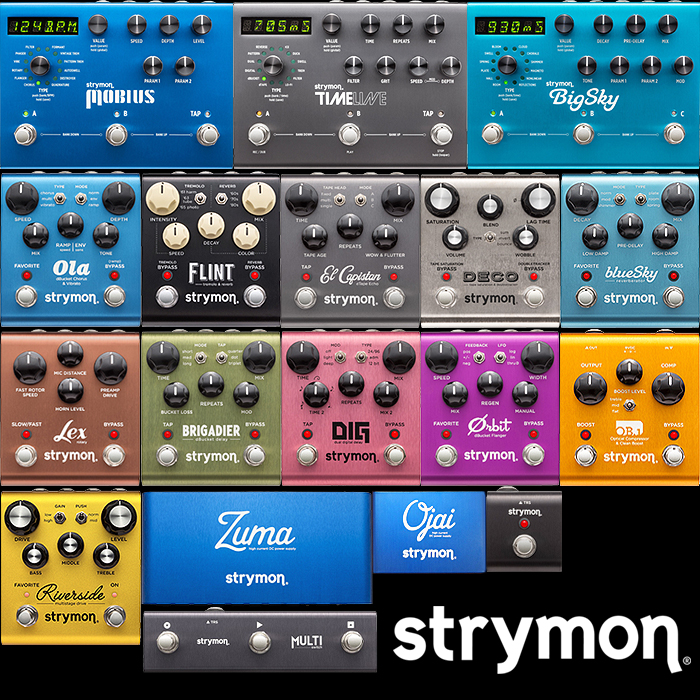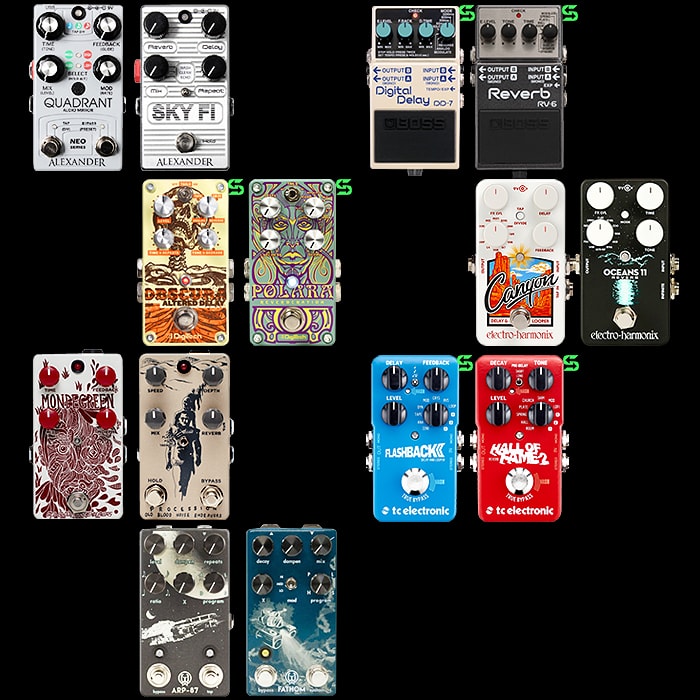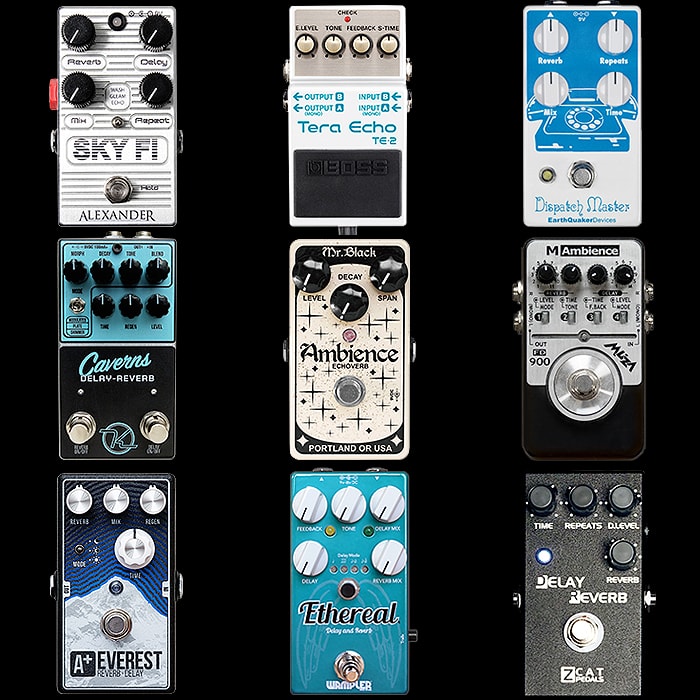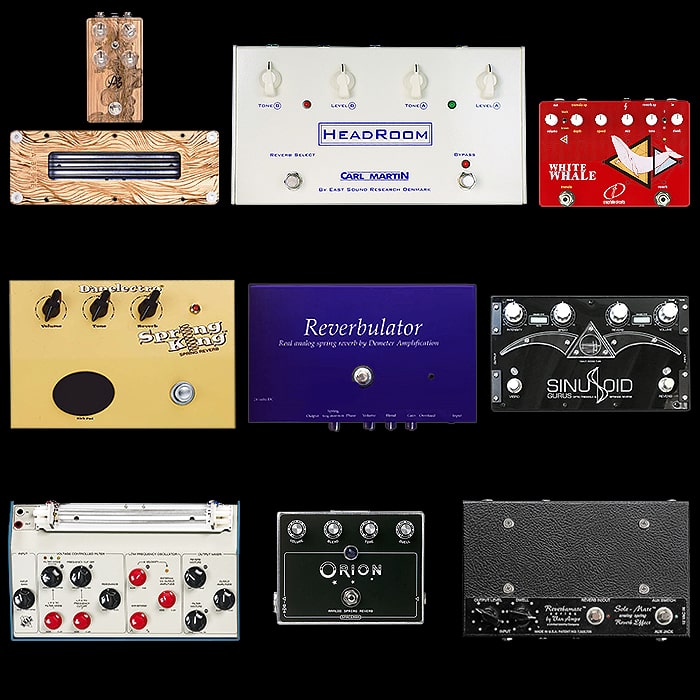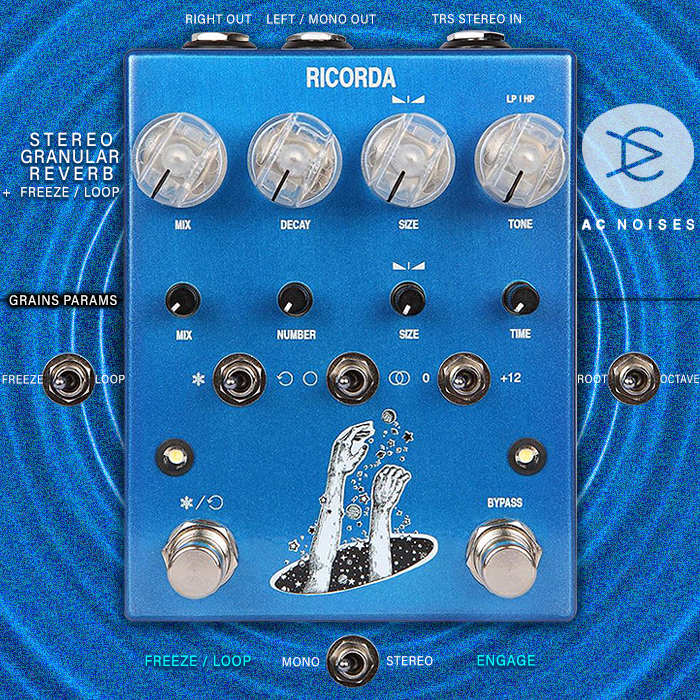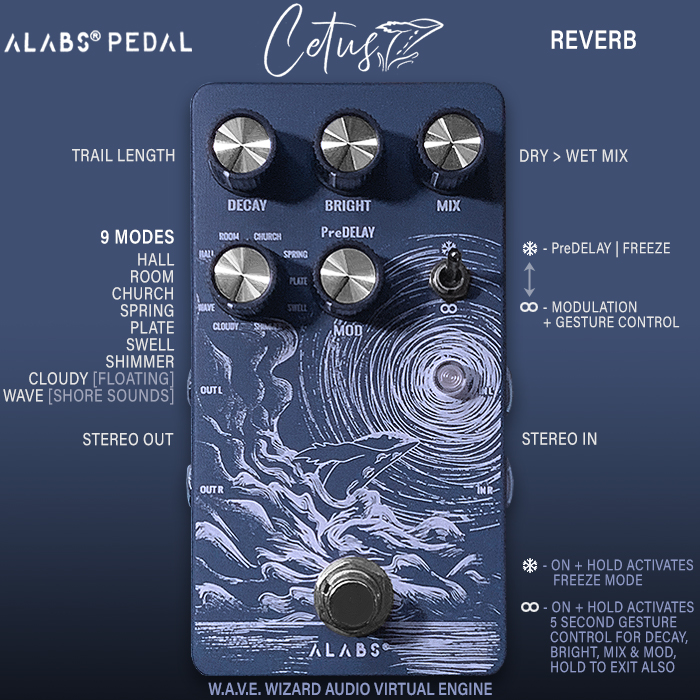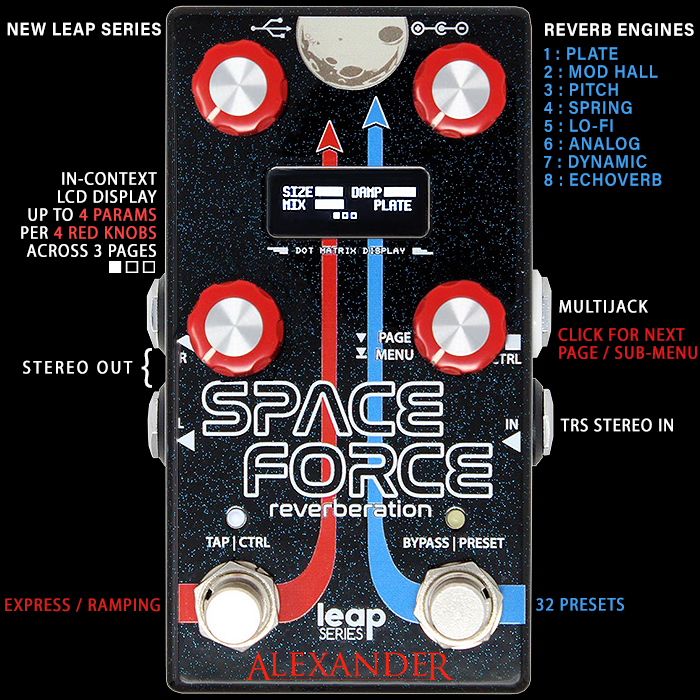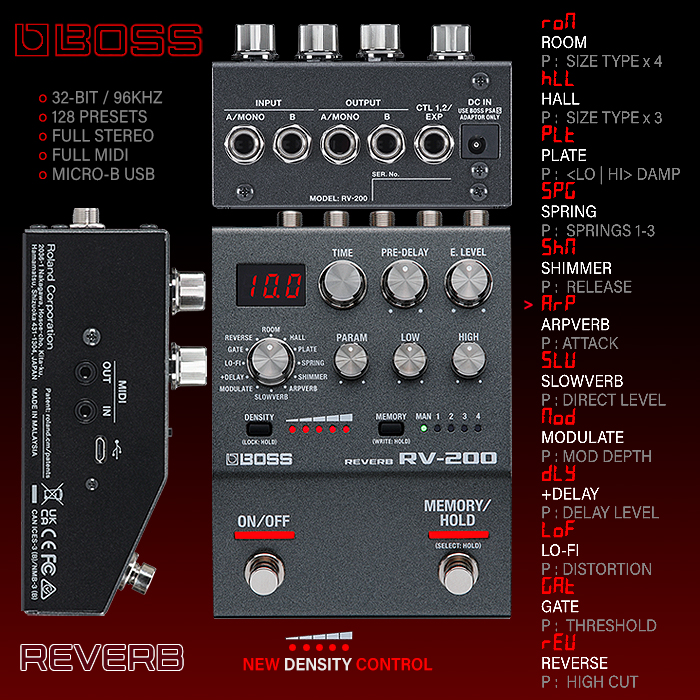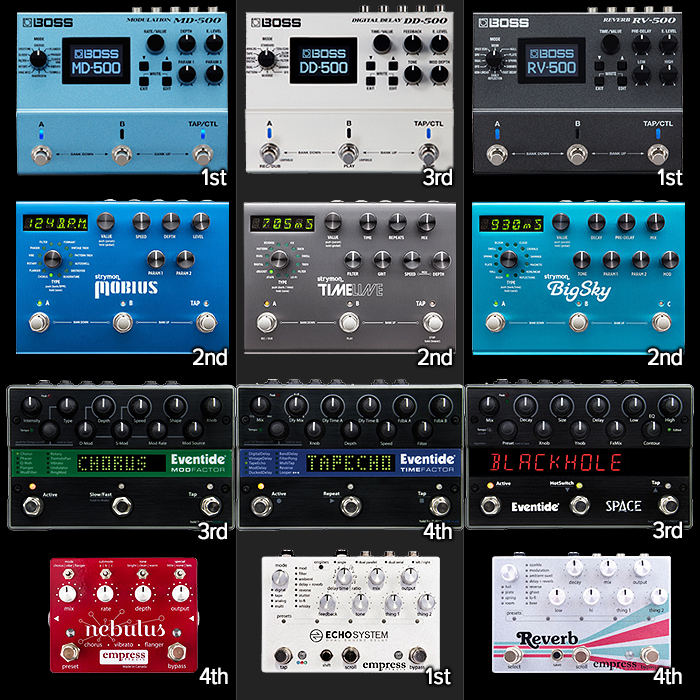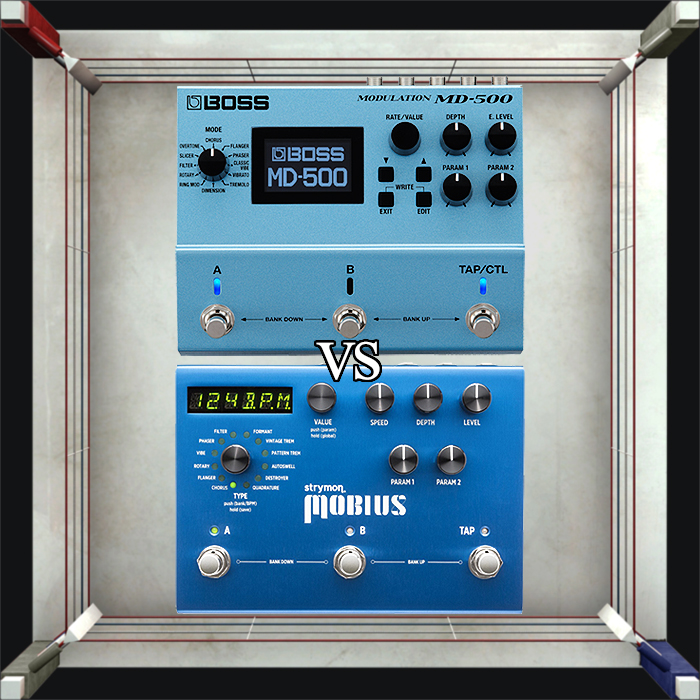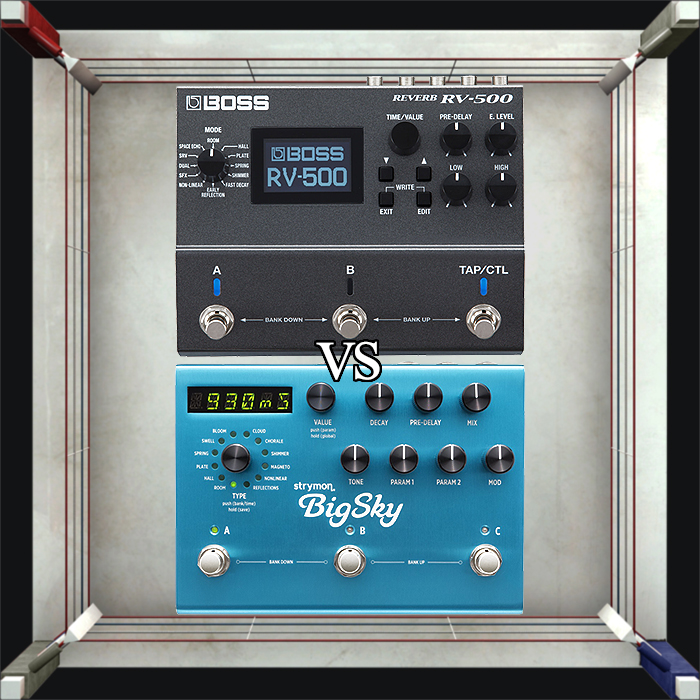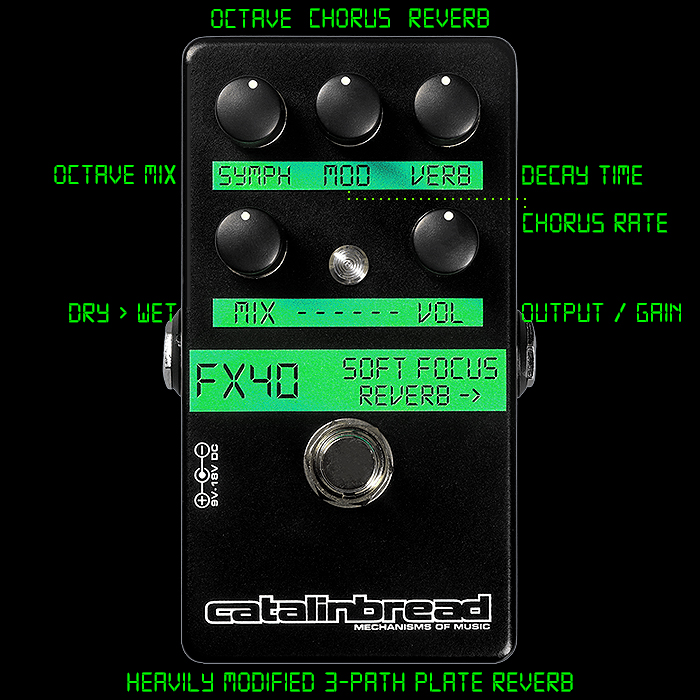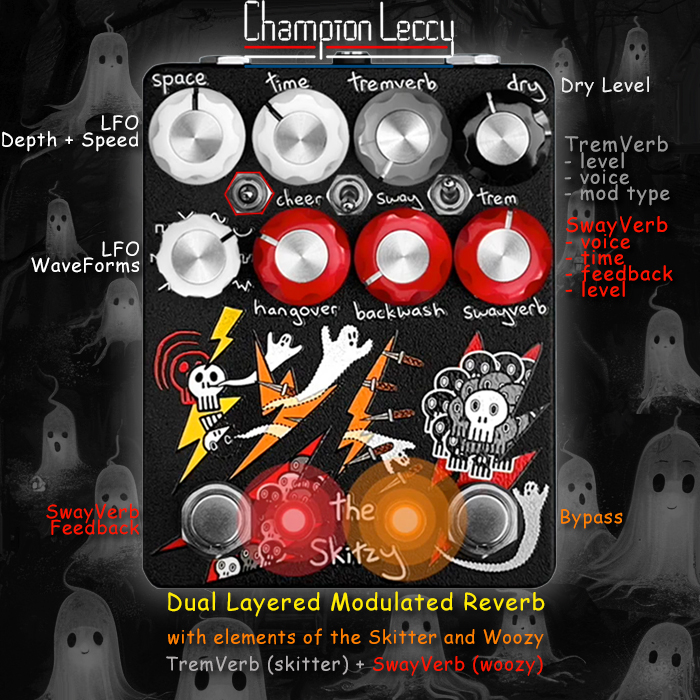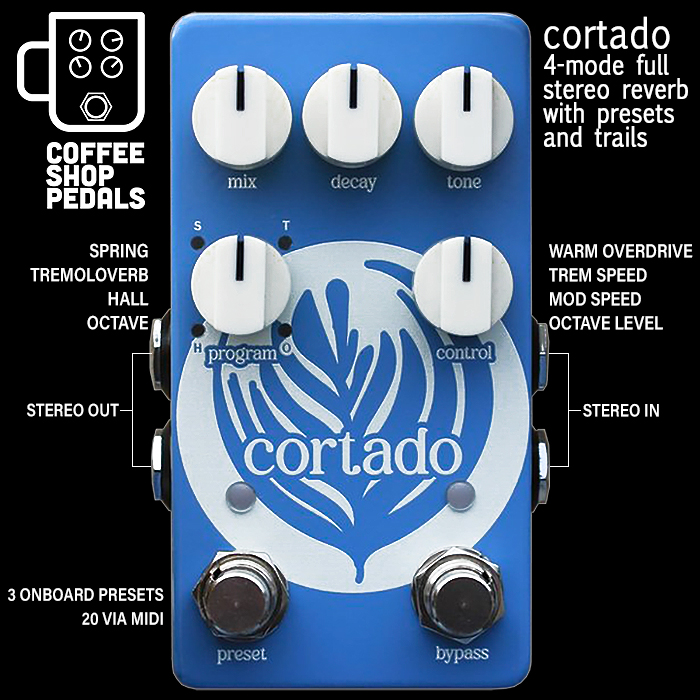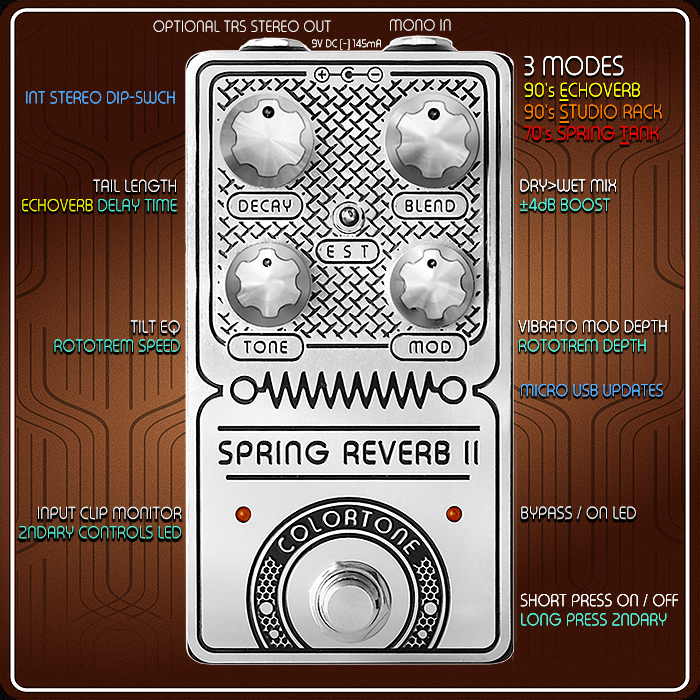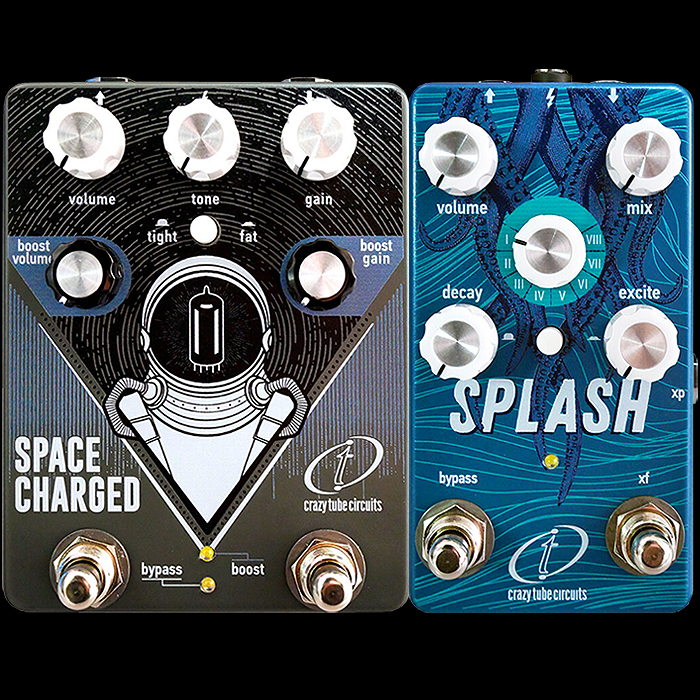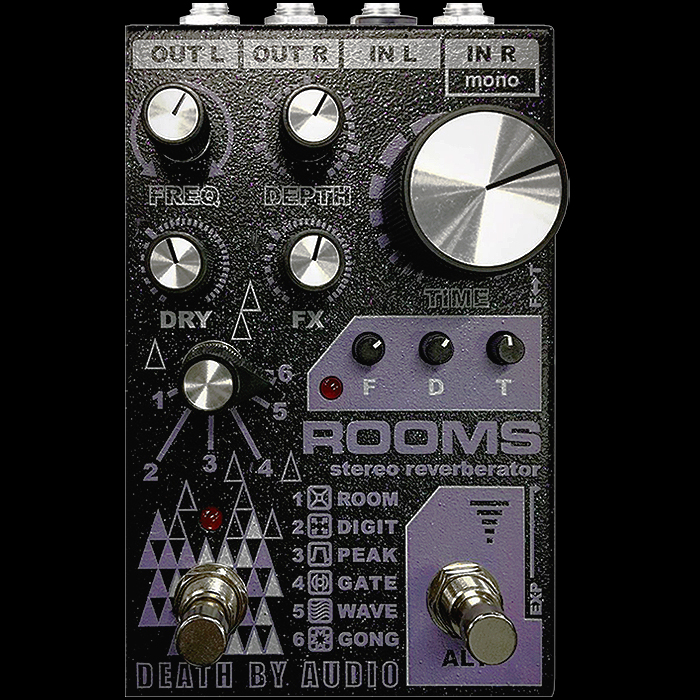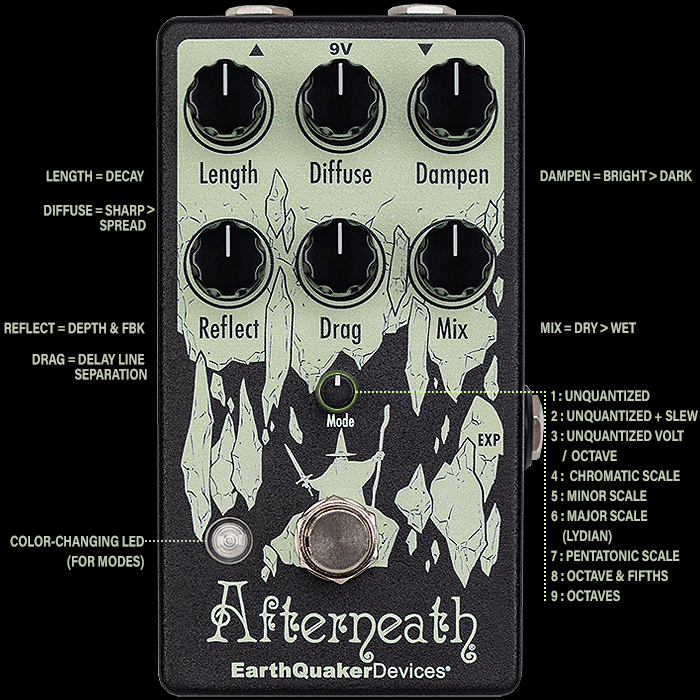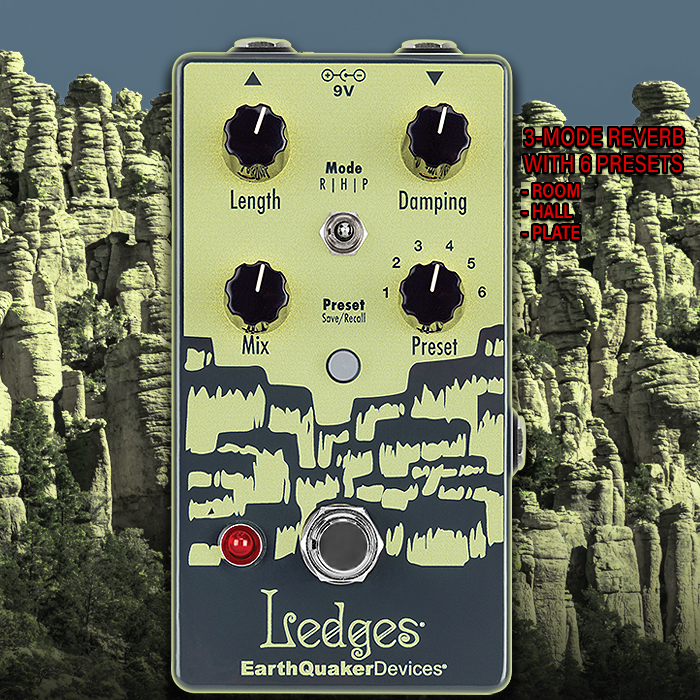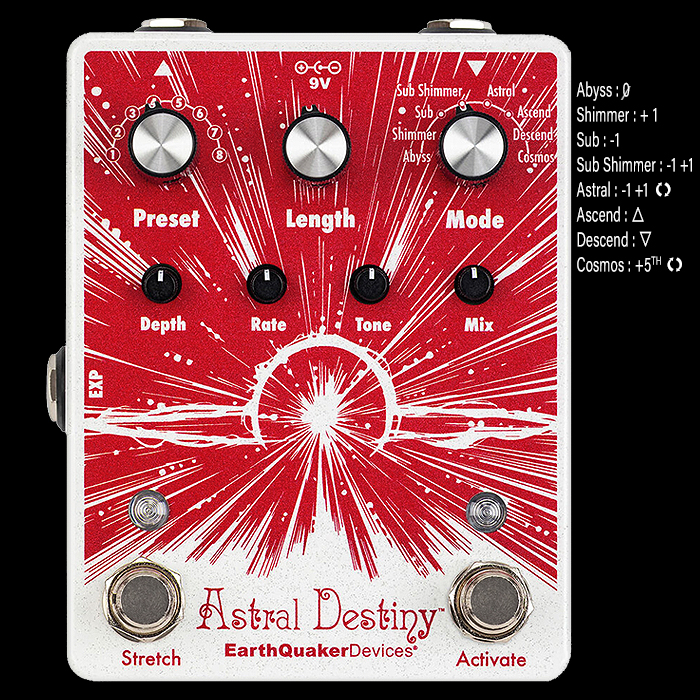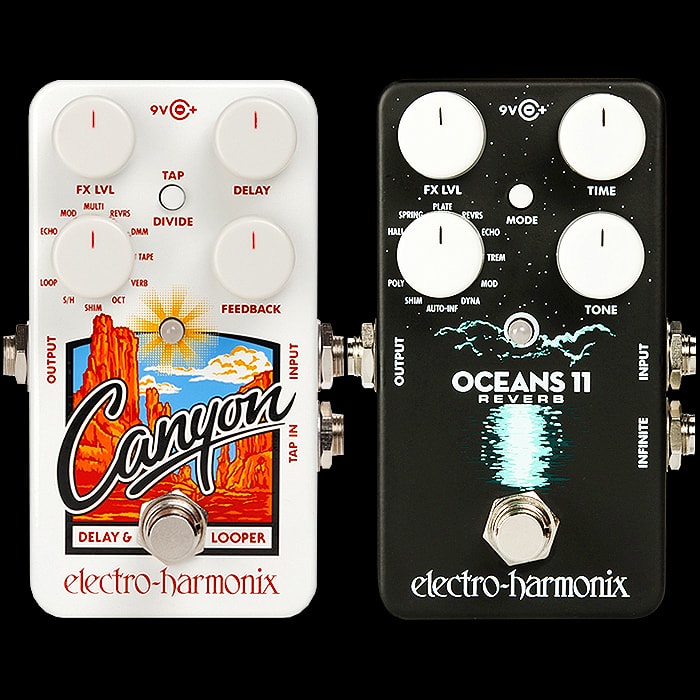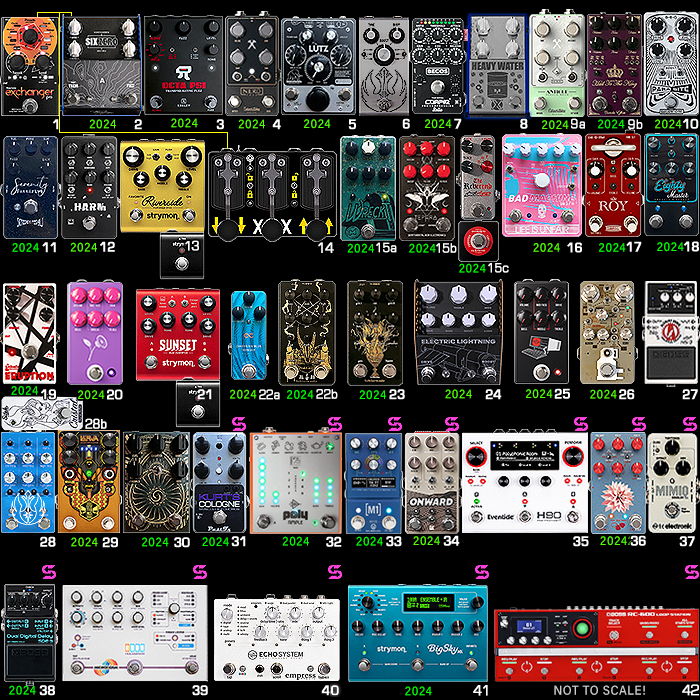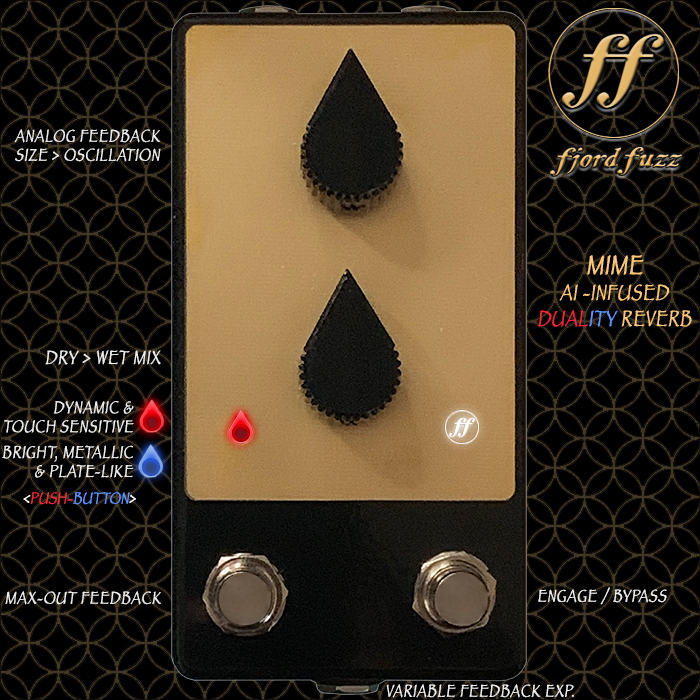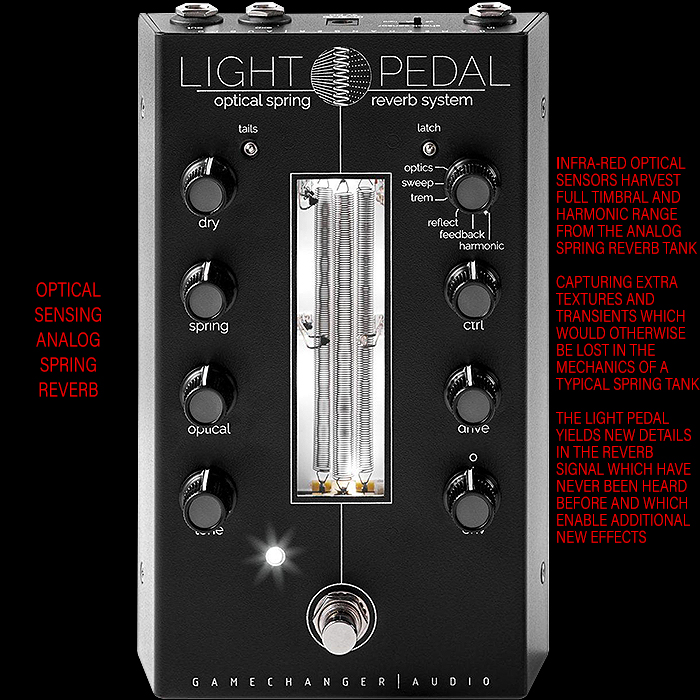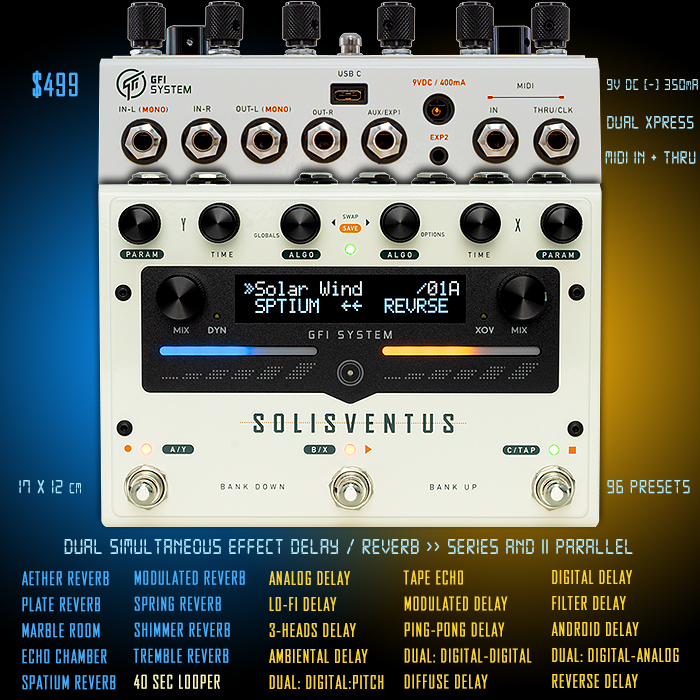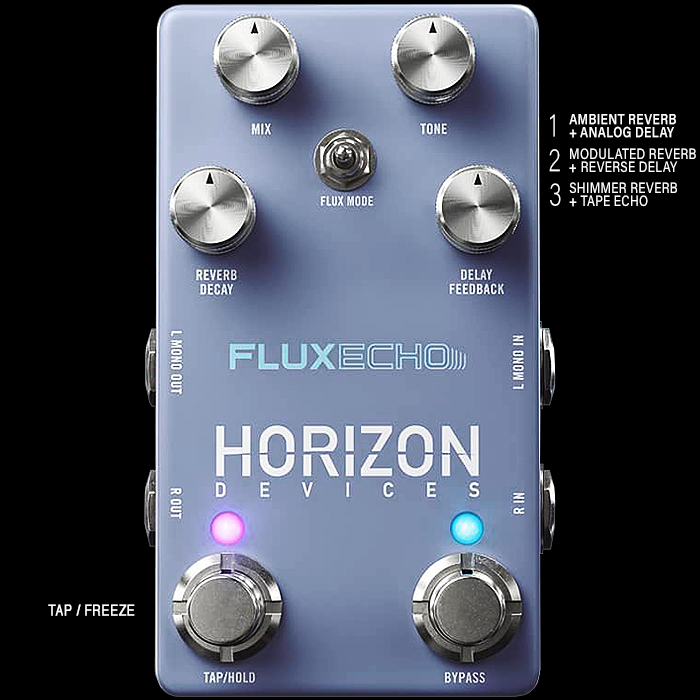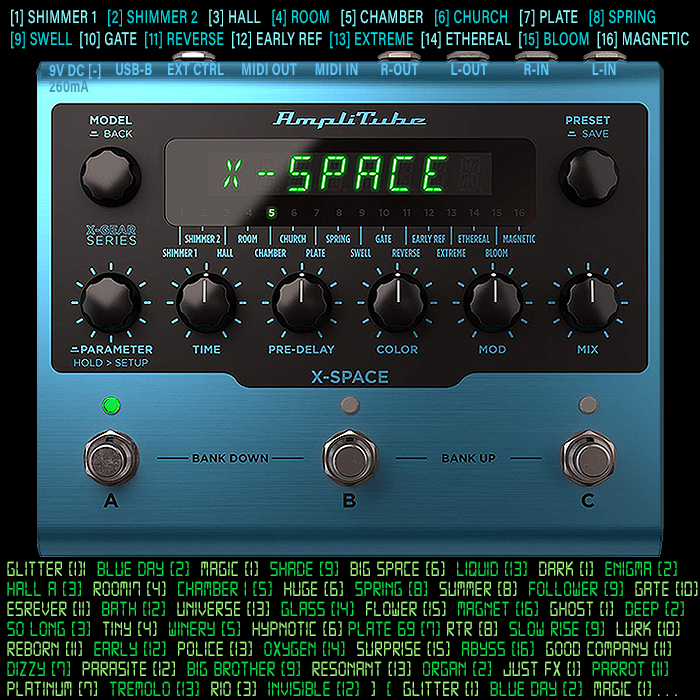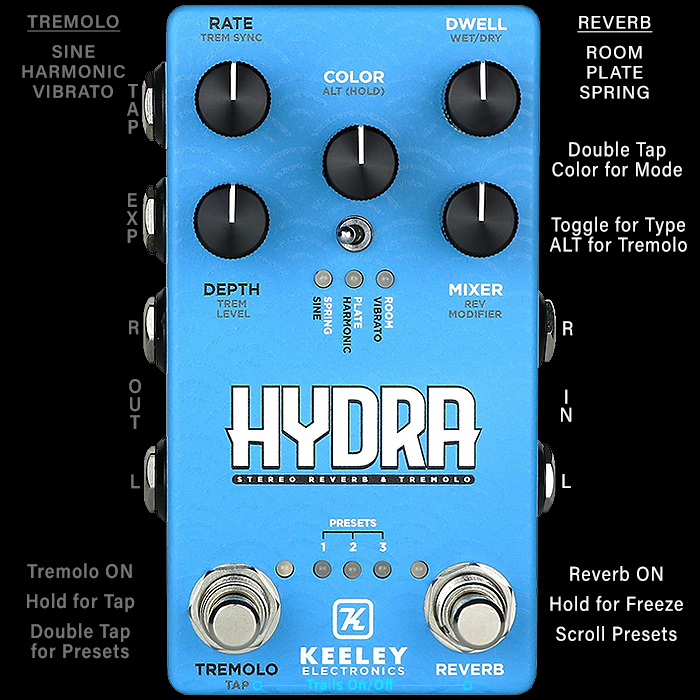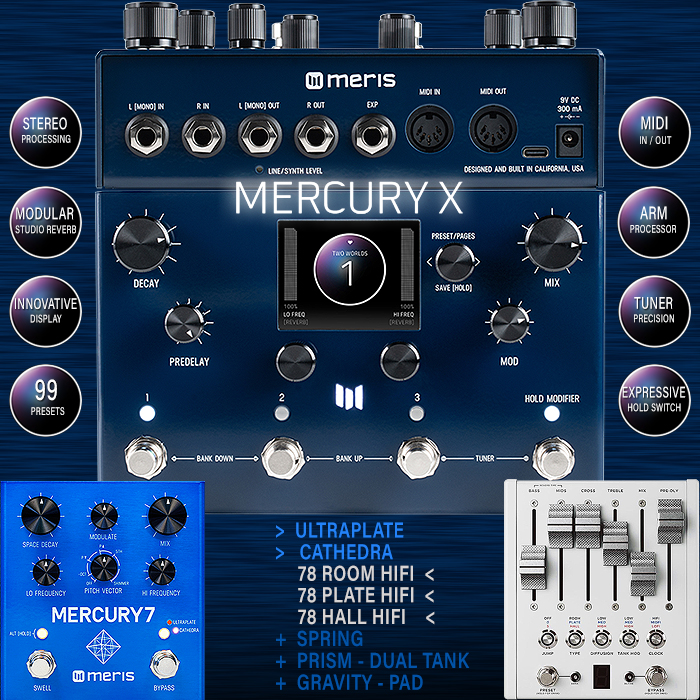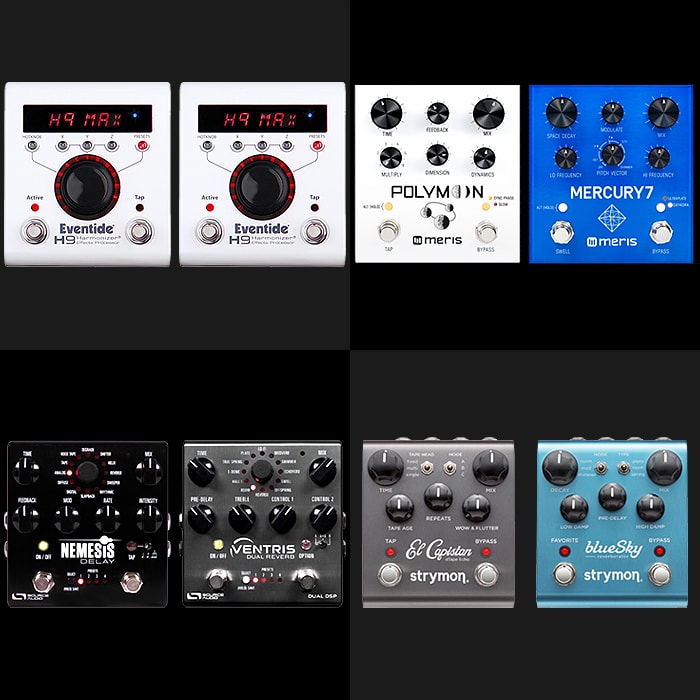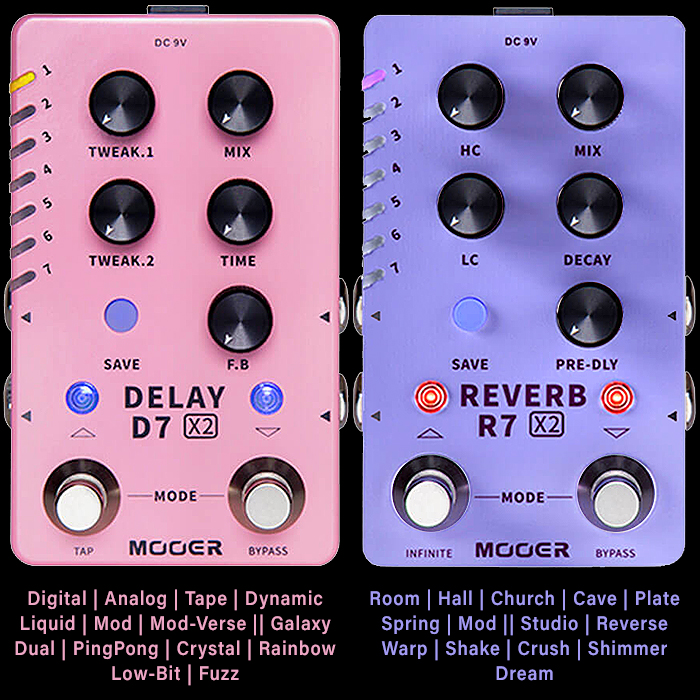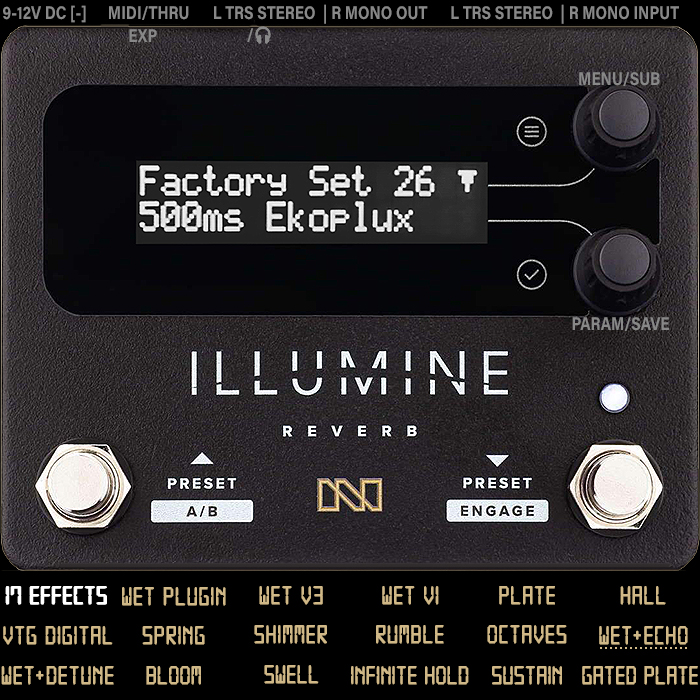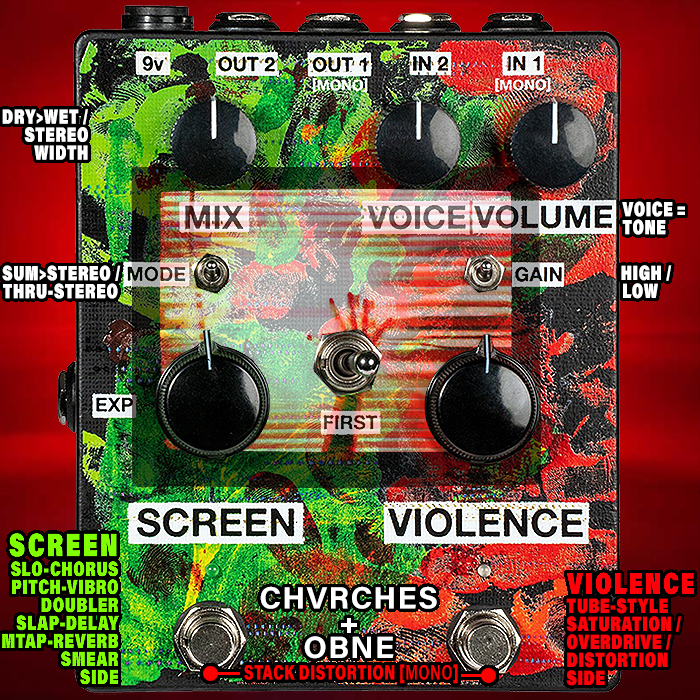11 years on, Strymon finally reboots its pioneering Flagship Reverb Workstation - now called the BigSky MX with Custom IRs and Dual Stereo Reverb Playback
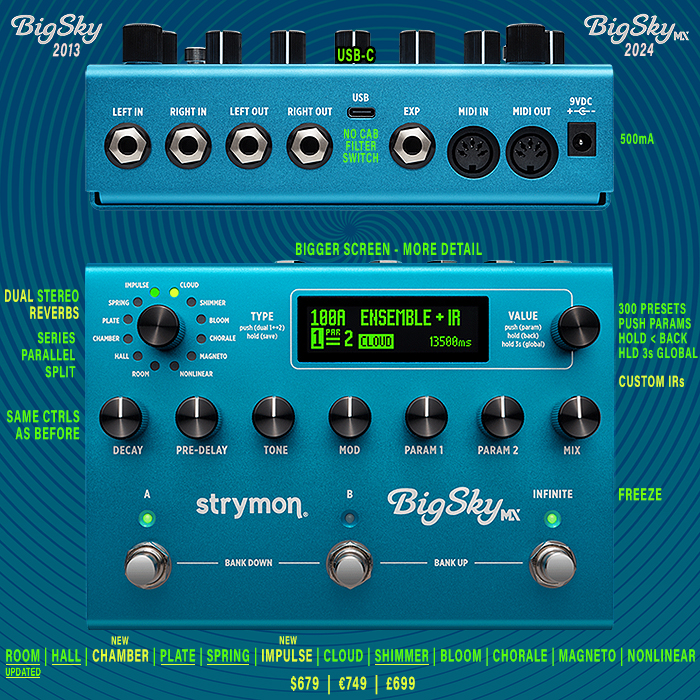
The original BigSky was a total game-changer in 2013 and ushered in the era of pristine pro studio level reverb workstation pedals. When I got stuck into pedals properly around 10 years ago, the Strymon Stryfecta of BigSky, Mobius and Timeline was one of the first major investments I made!
Since then I’ve had a number of different Reverb Workstations (around a dozen) on that particular #41 slot (I love and retain all of those) - which slot is currently fabulously occupied by the Poly Verbs Convolution Reverberator - where Strymon has now made the same move with its ability to load custom Reverb IRs into the BigSky MX.
There was a spate of Dual Channel Reverb Workstations - which started with the Boss RV-500 I believe, and continued with the Source Audio Ventris, and EHX Oceans 12. I was pretty sure this was going to become a major trend, and I waited to see how Empress Effects, GFI System, and of course Strymon - how those would respond - along with the majority of the industry. But then for a long time we had no further new Simultaneous Dual Channel Reverbs until right about now.
The Meris Mercury X was to be the next Reverb Workstation onto slot #41 - while I may let this BigSky MX jump the queues as it seems very much my sort of thing. I was hoping that the Empress Reverb would have evolved more towards its Dual Channel EchoSystem sibling by now - but when I last spoke to Steve Bragg - he seemed to indicate that such a development was very unlikely. Another superb Reverb Workstation which has been due a reboot for a while - is GFI System’s Specular Tempus - I know they’re working on a follow-up device - closer in format to the Synaesthesia - I had hoped that would have been out already.
Price is kind of per expectations at $679 | €749 | £699 - which compares to the Poly Verbs @ $399 and equivalent, and the Meris Mercury X @ $599 - so the Big Sky is carrying a significant premium, I guess the Chase Bliss CXM 1978 @ $809 kind of helps justify that.
The BigSky still populates an obscene amount of pro pedalboards, and is pretty much standard issue for Praise and Worship crews - so I except there to be pretty brisk trade - even at these fairly high prices.
I think overall Strymon have done a superb job on the new device - which, of its 12 algorithms, contains 2 entirely brand new ones - Chamber, and Impulse, and 5 significantly updated and rebooted ones - Room, Hall, Plate, Spring, and Shimmer. Meaning only Cloud, Bloom, Chorale, Magneto, and Nonlinear remain much the same as before. Interestingly the order of algorithms is somewhat different on the new device. The controls are mostly the same number and type as previously, but some have picked up new additional functions along the ways, and there’s quite a lot more going on under under the hood as such.
Strymon have really improved on all the challenging parts of the older device, while I feel that any workstation pedal of this potency and at this price level - should really have a Bluetooth connection to a mobile app - for easier configuration of deeper-level settings - that is a major miss here for me, and means points lost in the final reconning. The Pedal Domain still lags about 10 years behind the consumer electronics industry. While if Boss can fit Bluetooth into its tiny Katana : Go - and which helps make that such a great experience - then I don’t get why Strymon can’t do similar. So I’m very disappointed that the Strymon Engineers have not included that incredibly user-friendly facility. Other than that I would say a really stirling job all-round!
I feel a lot of these pedal businesses are missing out on the kind of dynamic ecosystem Neural DSP’s Quad Cortex has built up - where Bluetooth allows device owners to incredibly rapidly and easily share presets from the hive mind. Having to cable up your pedal to a laptop is just primitive - and should have long been consigned to the dustbin of history!
Key Features
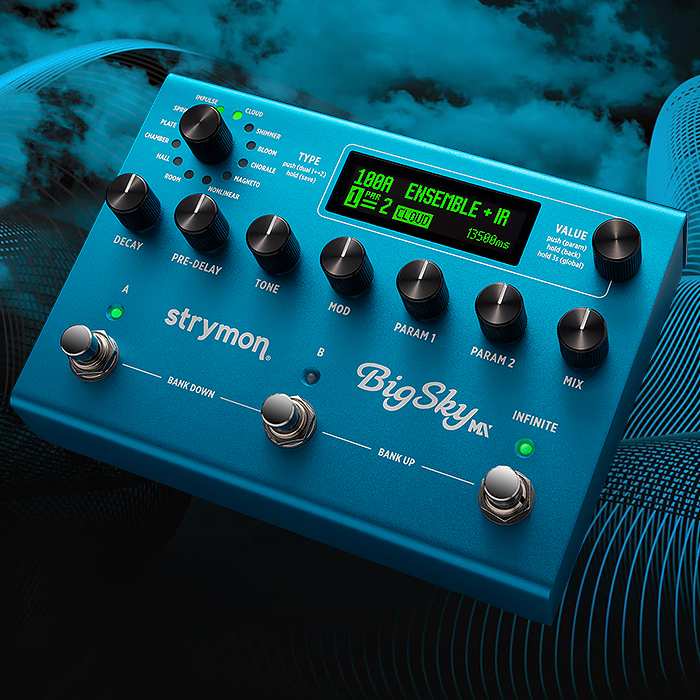
- The next generation of celestial reverb multi-effects with 7 new modes and updated BigSky classics (actually 2 New and 5 Updated!)
- 12 World Class Reverb styles cover all your traditional, ambient, experimental, and IR reverb needs
- Hundreds of customizable preset slots (300), controllable via the pedal, 5-pin MIDI, or USB-C MIDI
- Play Two Reverbs at Once? Sure, Why Not? - 2 discrete reverbs at once with Series, Parallel and Split audio routing/new pan control per engine create endless possibilities.
- Preloaded Impulse Responses - 22 pre-loaded IR’s feat. 10sec IR playback with full editing capability (!) and custom long-IR captures of classic studio gear.
- Behold the Impulse Response Engine - Impulse response engine capable of ten second IR playback and full IR editing.
- Infinite / Freeze! – Control your reverb even further with the dedicated footswitch.
- Strymon Level Components - Stereo i/o with selectable input level for instrument/line level, Strymon Class
- A JFET input preamp, & selectable true/buffered bypass.
- Stunning OLED Display – Clearly see what magic you are creating with the crisp OLED screen.
- Pure Analogue Magic - Analogue dry path for a zero-latency dry signal that is never converted to digital.
- Load your own custom IR reverbs via USB-C
- New tri-core ARM processor fuels faster performance with less energy consumed
- Advanced stereo options and expression pedal input
- Programmable footswitches, including an Infinite footswitch that creates pad-like textures
- 24-bit, 96 kHz, 116 dB typical Signal/Noise, dual ultra high-performance 800MHz tri-core 32-bit floating ARM processors
- Requires 9V DC [-] 2.1mm centre negative 500 mA or higher power supply (not included)
- Dimensions : 12.7 cm deep x 17.2 cm wide x 4.8 cm tall
- Weight : c 0.7kg
- MAP / RRP : $679 | €749 | £699
- Further References : Strymon Website

Demos







